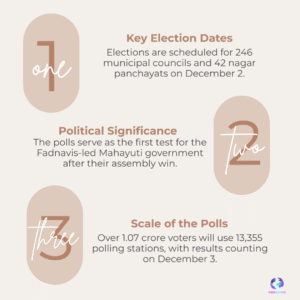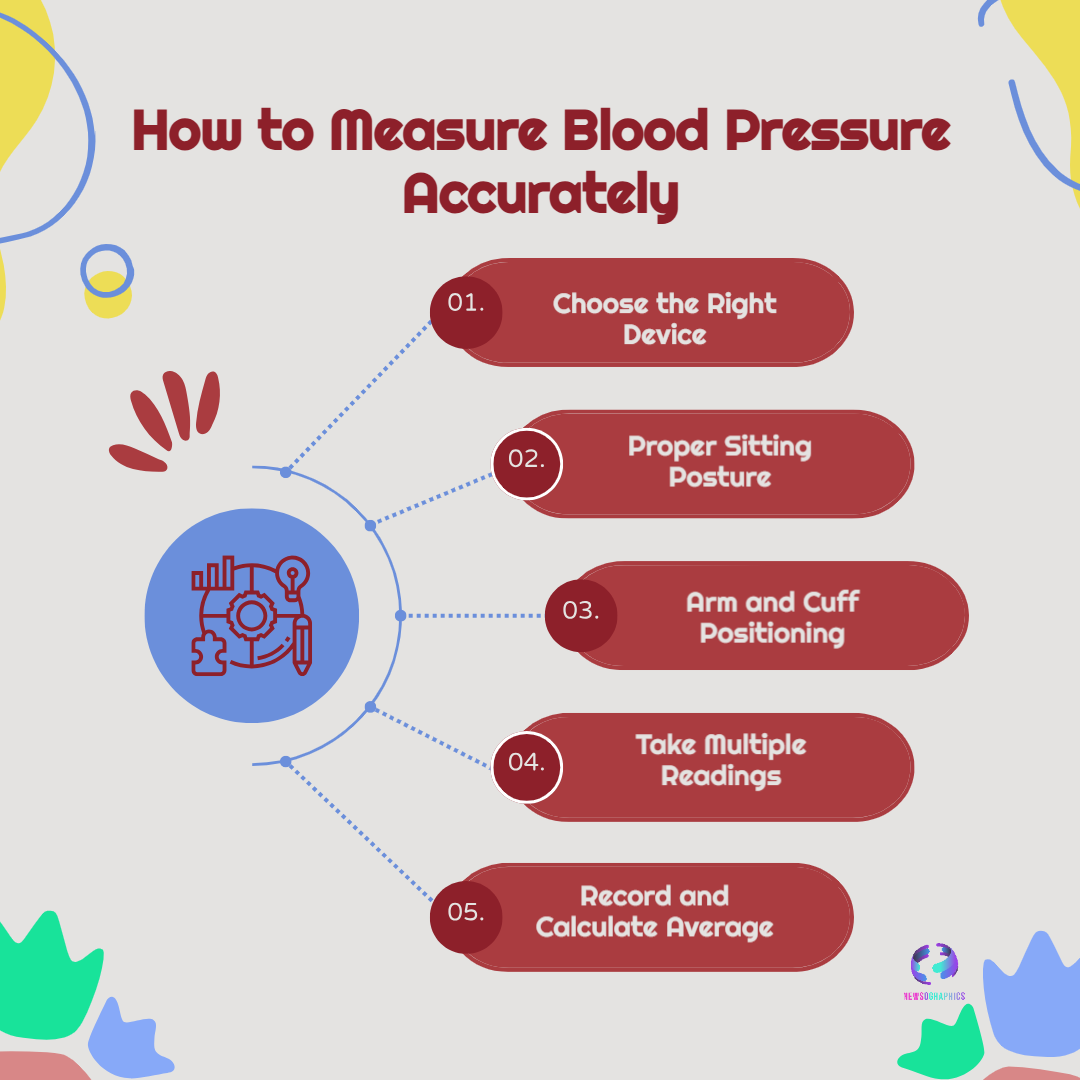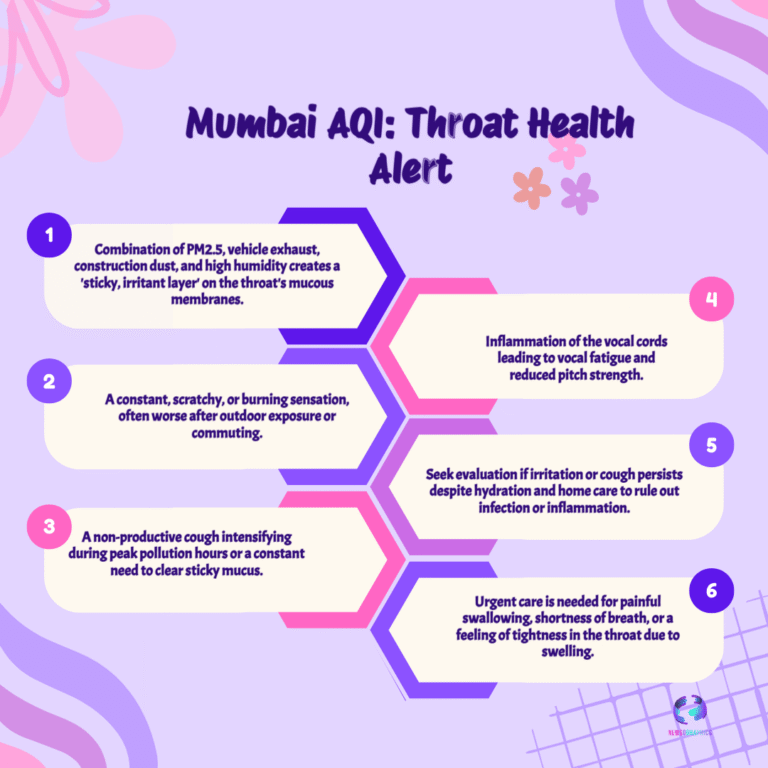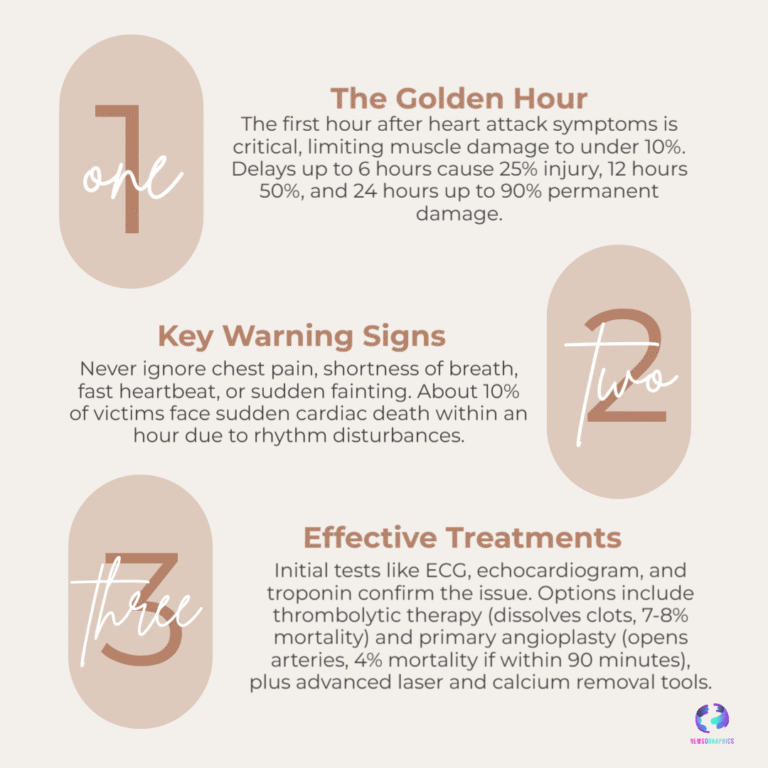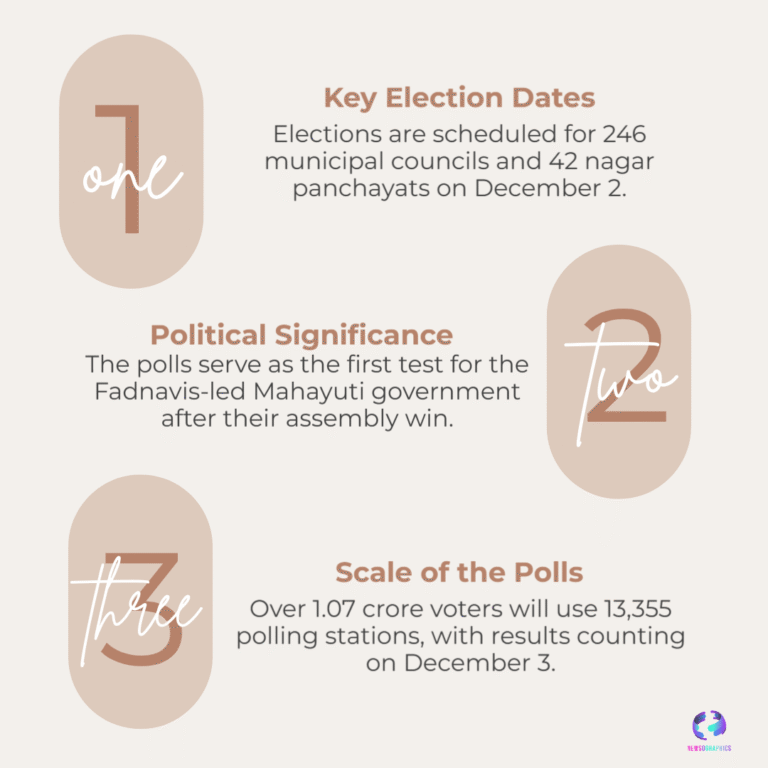A cardiovascular surgeon with 25 years of experience explains step-by-step how to measure blood pressure accurately at home or in clinics, ensuring reliable readings and better heart health monitoring.
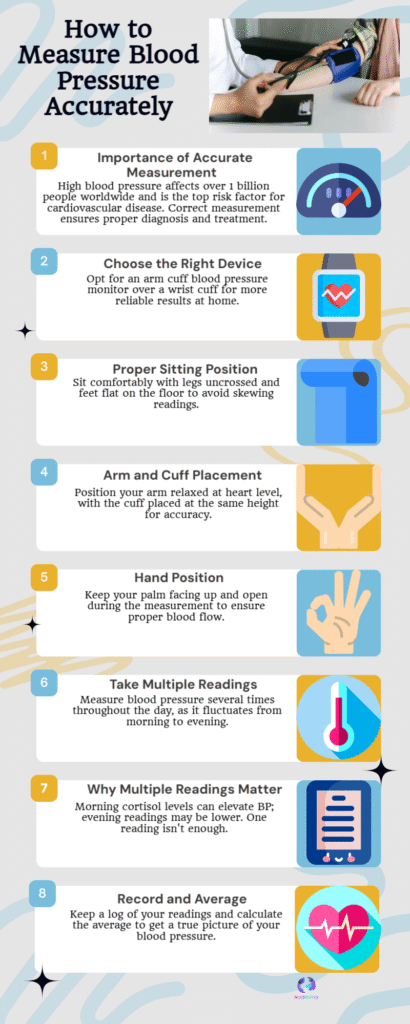
Cardiovascular Surgeon Reveals Measure Blood Pressure Accurately at Home
Monitoring blood pressure correctly is crucial for heart health, and a cardiovascular surgeon with 25 years of experience has shared expert guidance on achieving accurate readings. High blood pressure, or hypertension, is a silent risk factor for heart disease, stroke, and kidney problems, making precise measurement essential for early detection and management. Experts emphasise that incorrect techniques can lead to misdiagnosis, unnecessary medication, or overlooked hypertension.
The surgeon advises that blood pressure should ideally be measured in a calm, seated position, after at least five minutes of rest. The arm should be supported at heart level, with feet flat on the floor and back resting comfortably against a chair. Avoid caffeine, exercise, or smoking 30 minutes prior to measurement, as these can temporarily elevate readings. Proper cuff placement on the upper arm, ensuring it fits snugly without being too tight or loose, is critical for accuracy.
Digital or manual sphygmomanometers can be used, but users should ensure their device is calibrated regularly. For home monitoring, recording readings at the same time each day and keeping a log helps detect trends and avoid single anomalous measurements. Taking two readings, one minute apart, and averaging the results provides a more reliable estimate of actual blood pressure.



